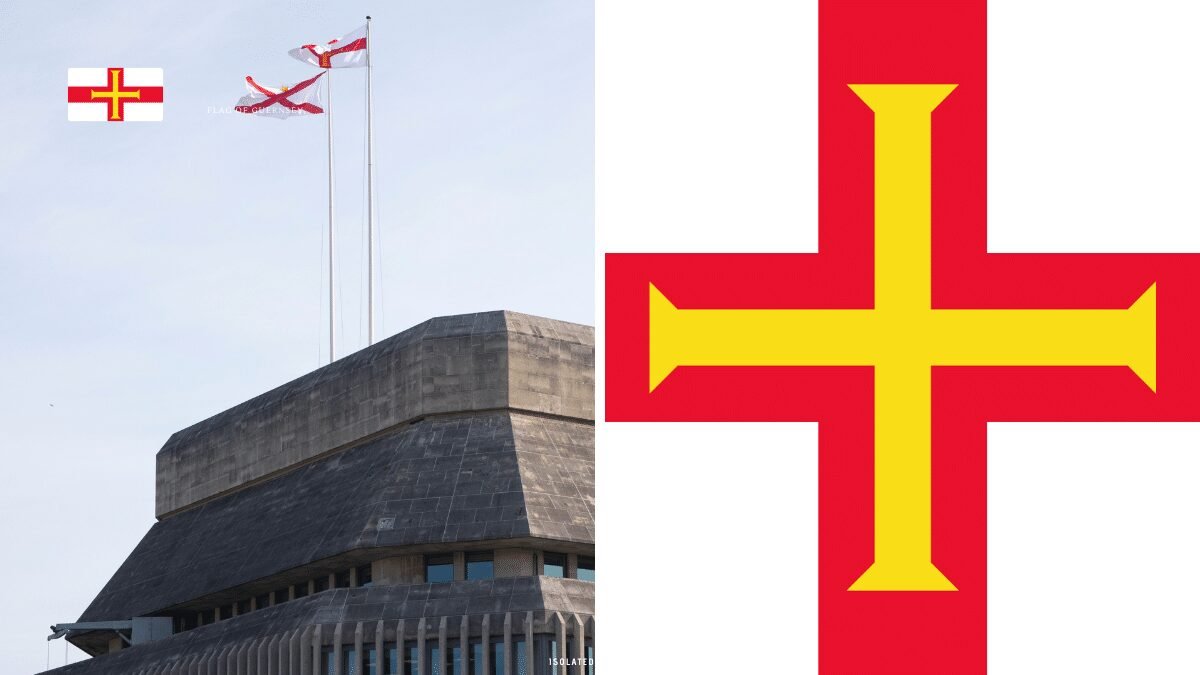Flag of Trentino-South Tyrol
The flag of Trentino-Alto Adige features a coat of arms with two eagles from the provinces of Trentino and Alto Adige on a white and blue background. The flag is in the shape of a rectangle with a heraldic shield. The design of the flag is influenced by the French tricolour flag from the revolution of 1789, but it has a different style.
Trentino-Alto Adige has been a special statute region since 1948, with the provinces of Trento and Bolzano having autonomy rights since 1972. The white-blue flag has been in use since 1995 and incorporates the colours and symbols of the coats of arms of the provinces of Trento and Bolzano. The flag has not been legally defined, unlike the coat of arms and banner, which were approved in 1982 and 1983.
The white and blue colours of the flag are thought to symbolize the ancient colours of the coats of arms of Trento and Bolzano, the two provinces that make up the Trentino-Alto Adige region. The eagles in the coat of arms are a symbol of the autonomy and sovereignty of the region, as well as its rich history and cultural heritage.
The flag is a symbol of the identity and unity of the people of Trentino-Alto Adige, and the region’s special status within Italy. It represents the region’s unique culture, language, and customs, as well as its historical ties to Austria and the Habsburgs.

History of the Flag of Trentino-South Tyrol
The flag of Trentino-Alto Adige is believed to have originated from the French tricolour, with the colours being present in both the flag and coat of arms. With the Austrian reoccupation of the Habsburgs in 1814, the Trentino-Altoatesino bicolour was abandoned as a symbol of the Napoleonic regime.
The origins of the flag are uncertain, with some claiming it was created after the First World War and others stating it was a coincidence due to the sharing of territory by different ethnic groups. The coat of arms on the flag, however, has ancient origins. The eagle of St. Wenceslas, which makes up the coat of arms, was granted by the sovereign John of Luxembourg in 1339. The rest of the flag is composed of two horizontal bands of blue and white.








